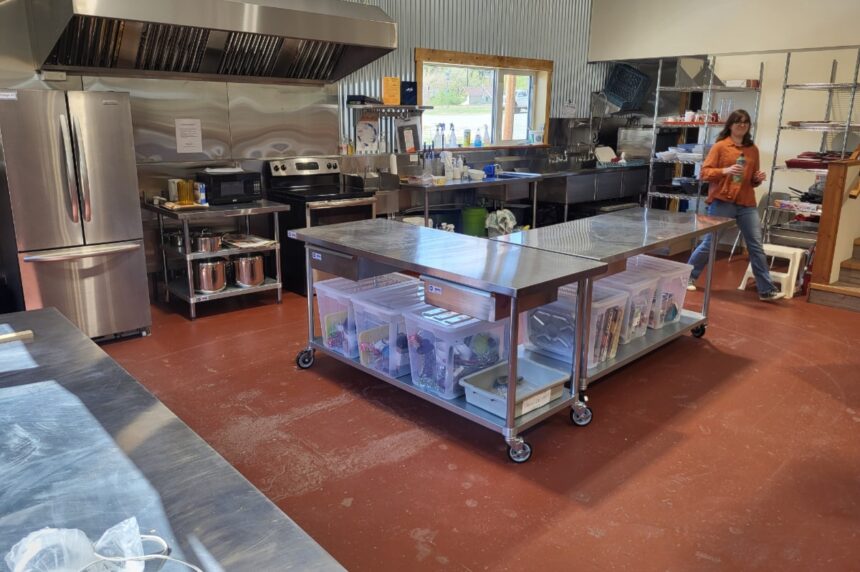In a bold response to growing community needs, the Kimberley Food Bank has unveiled ambitious expansion plans for 2025 that promise to revolutionize how nutritional support reaches vulnerable residents. The initiative comes amid rising food insecurity across British Columbia, with local demand increasing by nearly 30% over the past two years alone.
“We’ve outgrown our current space both physically and in terms of service capacity,” explains Heather Anderson, Executive Director of the Kimberley Food Bank. “This expansion isn’t just about a bigger building—it’s about creating a more dignified, accessible experience for everyone who walks through our doors.”
The $1.2 million project will triple the organization’s current floor space, introducing innovative features rarely seen in rural food bank operations. Plans include a client-choice shopping model, expanded cold storage for fresh produce, and dedicated areas for nutrition education and cooking demonstrations.
What distinguishes this initiative is its community-centered approach to tackling food insecurity. Rather than simply distributing emergency hampers, the expanded facility will incorporate wraparound services including benefit navigation assistance, employment resources, and partnerships with local healthcare providers.
“Food insecurity doesn’t exist in isolation,” notes Dr. Emma Taylor, a public health researcher at the University of British Columbia who studies rural food systems. “Kimberley’s model represents the future of food banking—addressing immediate hunger while building pathways toward long-term stability.”
The expansion comes at a critical time. Recent data from Food Banks Canada shows that smaller communities are experiencing disproportionate increases in food bank usage, with many rural facilities struggling to meet demand. Kimberley’s approach could become a template for similar communities across the province.
Funding for the project combines provincial grants, municipal support, and private donations, with approximately 60% of the budget already secured. Construction is scheduled to begin in March 2025, with completion targeted for early fall.
Local farmers and food producers are playing a key role in the redesigned operation. The expansion will include dedicated infrastructure for processing and preserving seasonal donations, allowing the food bank to extend the availability of local produce year-round.
“We’re creating a food system that benefits everyone,” says Jacob Williams, a local organic farmer who serves on the food bank’s advisory board. “Farmers get reliable outlets for excess produce, and food bank clients receive the highest quality, most nutritious options possible.”
Beyond the physical transformation, the expansion includes ambitious programming aimed at building self-sufficiency. Weekly cooking classes will teach budget-friendly meal preparation, while a seed library and community garden plots will provide opportunities for clients to grow their own food.
For longtime volunteers like Margaret Chen, who has dedicated over 15 years to the organization, the expansion represents the culmination of countless conversations with clients about their needs and aspirations. “People don’t want handouts—they want partnership and opportunity,” she emphasizes. “This new facility creates space for genuine community building.”
As food security challenges continue to impact communities across Canada, the Kimberley model offers a thoughtful response to a complex problem. By reimagining what a food bank can be, organizers hope to transform how we address hunger at the community level.
As construction plans move forward, the question remains: Could this community-centered approach to food security become the new standard for rural communities facing similar challenges?


















